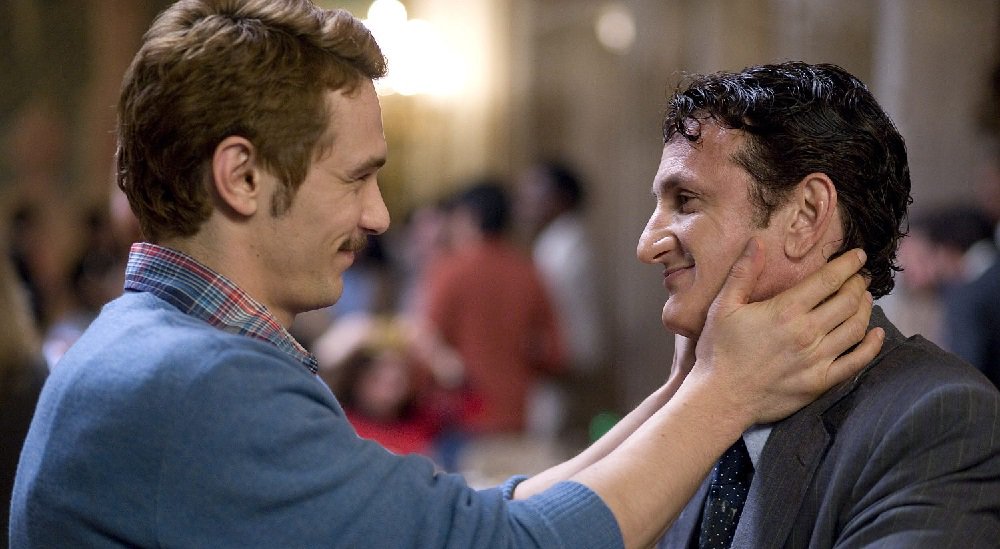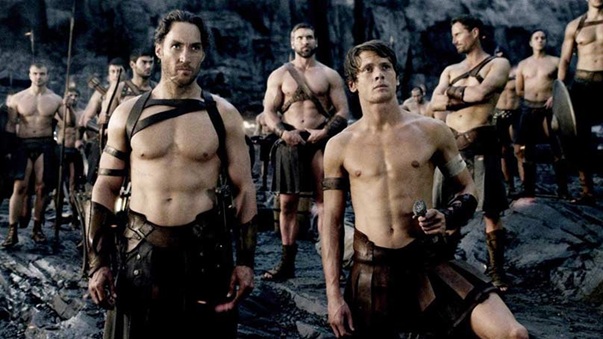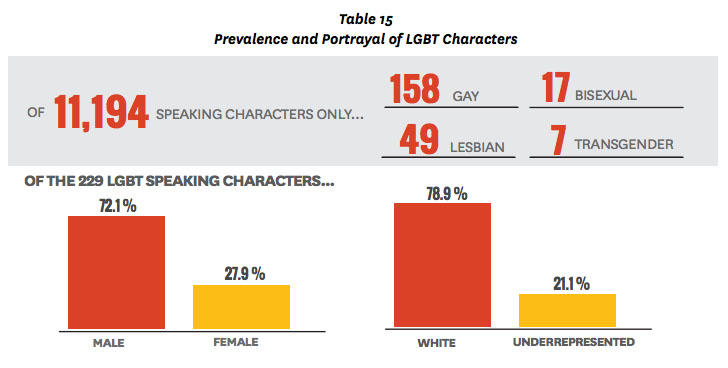Hollywood suffering an ‘epidemic’ of minority invisibility, damning new study finds

Hollywood is suffering from an “epidemic” of minority invisibility that excludes women, gay actors and ethnic minorities, according to a wide-ranging new study into diversity within the industry.
The Comprehensive Annenberg Report on Diversity studied the 109 major studio and art house films released in 2014 and factored in some 305 scripted, first-run television series aired on television and streaming services such as Netflix between September 2014 and August 2015, reports The Star.
In the most comprehensive study of its kind, the Media, Diversity and Social Change Initiative at the University of Southern California’s Annenberg School for Communication and Journalism ranked the gender, racial and ethnic representation and sexuality of more than 11,000 speaking characters, 10,000 directors and 1,500 studio executives.

As the #OscarsSoWhite campaign intensifies ahead of this week’s Academy Awards ceremony, its findings highlight gross discrepancies between the image of society Hollywood manufactures compared to the actual diversity of its viewing audience.
Across the 414 films and series in the study, just one third of speaking characters were female, only 28.3% were from minority groups, and just 2% of speaking characters were LGBT-identified.
The study also found of the LGBT characters cited, nearly three quarters (72.1%) were male and 27.9% were female, with the vast majority of LGBT characters white (78.9%) and only 21.1% were from underrepresented racial or ethnic groups.
Behind the scenes, 87% of directors were white, and just 3.4% of them were female.
Of the 11,306 speaking characters included, only seven were transgender (and four were from the same series).

One of the researchers involved in the study, professor Stacy L. Smith, said “the prequel to #OscarsSoWhite is #HollywoodSoWhite”.
“We don’t have a diversity problem. We have an inclusion crisis,” she said.
“When we start to step back to see this larger ecology, I think we see a picture of exclusion And it doesn’t match the norms of the population of the United States.”
Despite the best efforts of some companies to turn the tide, Smith added “film is failing”.
“When we turn to see where the problem is better or worse, the apex to this whole endeavour is: Everyone in film is failing, all of the companies investigated,” she said.
“They’re impervious to change. But there are pockets of promise in television. There is a focus that change is possible.
“The very companies that are inclusive — Disney, CW, Hulu, Amazon to some degree — those companies, if they’re producing and distributing motion pictures, can do this. We now have evidence that they can, and they can thrive.”
More stories:
‘Masc 4 masc?’ What gay hook-up slang really means
Zachary Quinto’s boyfriend Mile McMillan goes full-frontal Purple magazine
